
Why Motorcycle Accidents Still Happen Even with Smarter Vehicles on the Road
As vehicles become more advanced, many riders and drivers expect accidents to decrease. Safety features, sensors, and automated systems are now common in modern cars and even some motorcycles. Yet the number of crashes remains stubbornly high in many areas, leaving people to wonder how this is still the case. Despite smarter designs and improved technologies, collisions continue to affect everyday motorcyclists, drivers, and families in frustratingly familiar ways.
The promise of self-driving functions and real-time hazard alerts has not removed the core risks that have always plagued the road. Riders still deal with distractions, misjudgments, poor visibility, and unpredictable behavior from others. It’s a mix of human habits, technology limitations, and infrastructure issues that keeps motorcycle accidents a part of modern travel. The fact that vehicles are more intelligent than ever makes this issue all the more surprising to the average motorist or rider.
Why Motorcycle Accidents Keep Happening in a High-Tech Era
According to one law firm, the continued rise in motorcycle accidents has more to do with human behavior than the machinery itself. While technology is improving, most motorcycles still require riders to stay alert, react quickly, and make constant decisions. Unfortunately, distracted riding, speeding, fatigue, and impaired judgment continue to be leading causes of collisions. No amount of traction control or anti-lock braking can fully make up for a split-second lapse in focus or a risky choice on the road.
Beyond rider error, traffic congestion and poorly maintained roads also contribute. Sudden stops, unclear signage, and potholes can catch even cautious motorcyclists off guard. High-tech features help in many cases, but they are not infallible. Misread sensor input or software delays can lead to slow reactions in real-world conditions. A rider may believe the motorcycle will correct itself, only to find out too late that manual action was still necessary.
Another challenge is the false sense of security that some advanced systems create. Riders may grow too comfortable relying on alerts or electronic aids, reducing their attention. This can lead to slower responses when unexpected situations arise. Motorcycle accidents still happen because the balance between human responsibility and machine assistance is delicate, and most riders are still adjusting to where that line is drawn.
Smart Vehicles Are Only as Safe as Their Surroundings
A motorcycle can include advanced safety features, but it still operates in a world full of variables. Roads can be unpredictable, weather can limit visibility, and other drivers might not be using the same level of technology. One vehicle with smart features cannot control the actions of the cars and trucks around it. When conditions get tough or someone else drives recklessly, even the smartest motorcycle can only do so much.
In cities and suburbs alike, daily traffic involves stop-and-go movement, sudden lane shifts, and aggressive maneuvers. These behaviors create a setting where reaction time becomes crucial. While sensors might detect a car slowing down, riders are still needed to interpret situations quickly. A sensor might not pick up a child running into the street or a driver ignoring a red light.
Even when smart systems work as intended, they sometimes struggle with complex environments. Intersections, construction zones, and merging traffic can be confusing to both people and machines. If a motorcycle has to choose between braking hard or swerving, the wrong input could make the situation worse. Until systems can handle every possible real-world scenario, there’s always a chance that something could go wrong.
The Cost of Relying Too Much on Rider Assistance
There’s growing concern that overconfidence in technology may be creating new risks for motorcyclists. Features like anti-lock brakes or stability control are helpful, but they’re not replacements for paying attention. Some riders assume the bike can prevent every accident or that it will always stop in time, which leads to dangerous habits. Technology is meant to assist, not replace, the need for active riding.
Accident reports have shown that in many cases, the rider assumed the motorcycle would react to a hazard on its own. In reality, these systems often require immediate human input to prevent a crash. People may hesitate, misjudge stopping distance, or be distracted for a few seconds too long. That short gap in attention can make the difference between a near miss and a serious collision.
The legal side of this issue is also growing. When an accident involves a motorcycle with electronic aids, questions arise about who is responsible. Some blame the system for not reacting fast enough, while others point to the rider for not taking control. This blurred line adds complexity for law enforcement and insurance companies. It’s clear that until these tools are fully autonomous, the human factor will remain the most important one behind the handlebars.
Improvements Are Real but So Are the Limits
To be fair, technology has made a noticeable difference in many areas. Features like traction control, blind spot warnings, and anti-lock braking have prevented countless minor accidents for motorcycles. These tools provide valuable support, especially in heavy traffic or during long rides. Many riders feel safer knowing their vehicle will alert them to danger or assist with braking in critical moments.
Still, no system is perfect. Failures in communication between parts, software bugs, or even something as simple as dirty sensors can weaken their performance. A motorcycle might miss an obstacle or fail to detect a vehicle in its path if the system is momentarily impaired. Regular maintenance and software updates are essential, but not every rider keeps up with these tasks. That adds another layer of risk to the equation.
While some manufacturers continue to push toward fully connected or semi-autonomous bikes, we’re still a long way from a future where motorcycles can handle every road alone. For now, the best results come when technology and riders work together. Training motorcyclists to use these systems responsibly, rather than rely on them blindly, is key to reducing accident rates moving forward.
Smarter Roads Start with Smarter Choices
The push toward safer roads isn’t just about building better vehicles. It also involves better education, improved road design, and a culture shift toward responsibility. Riders need to understand their motorcycle’s features and limitations without assuming that technology is foolproof. Awareness and caution must go hand in hand with innovation to make real progress.
Public awareness campaigns, changes to rider tests, and regular training can help bridge the gap. Knowing how to use a motorcycle’s systems properly and when not to trust them is vital. If people are going to stay safe on the road, they need to remain actively involved in every moment behind the handlebars. This is especially true when surrounded by other drivers who may not be as cautious.
In the end, a high-tech motorcycle is still just a machine. It can assist, alert, and react, but it cannot replace human decision-making. As long as people are part of the riding equation, accidents can still happen. The smartest move any rider can make is to stay alert, respect the road, and treat every ride like safety still depends on them because it does.
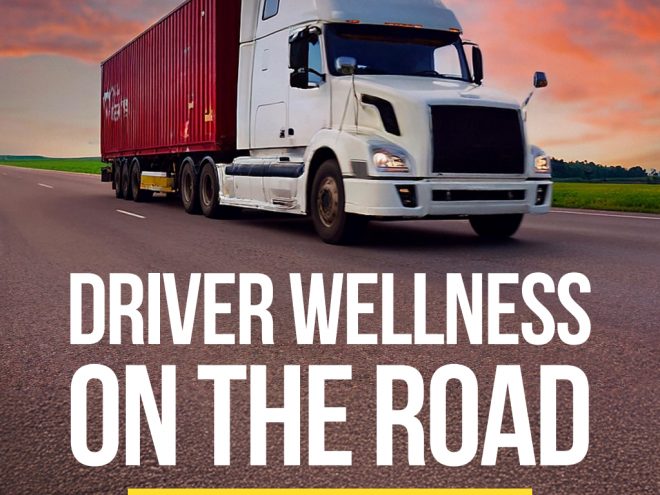
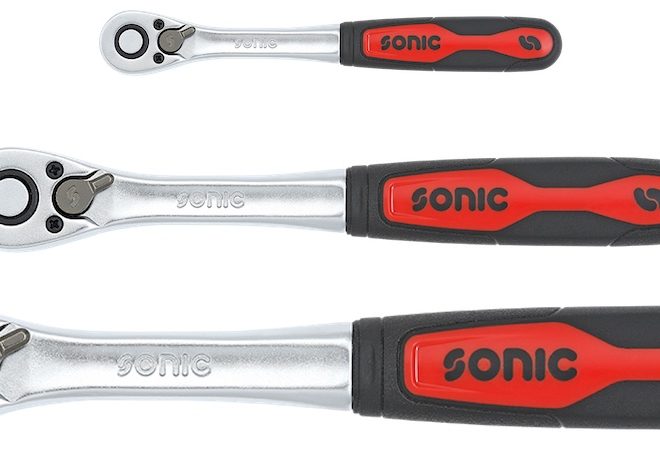
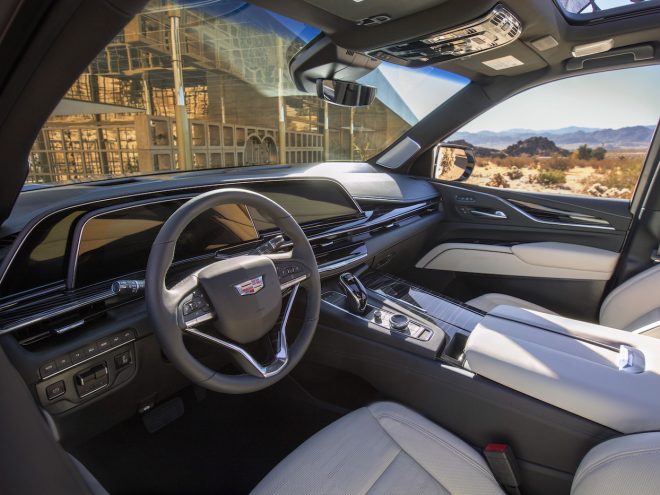

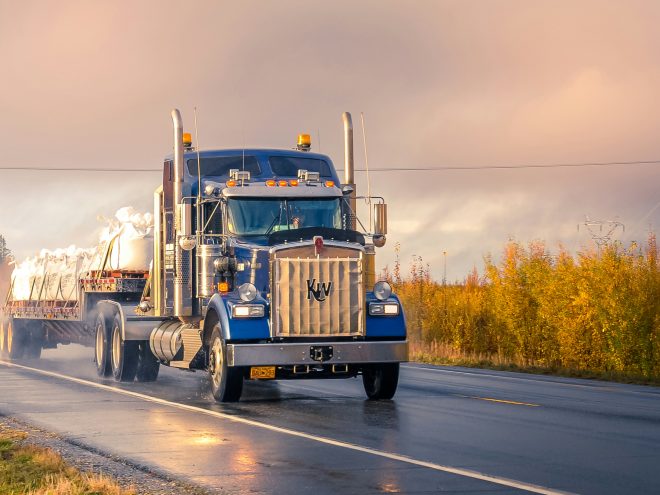
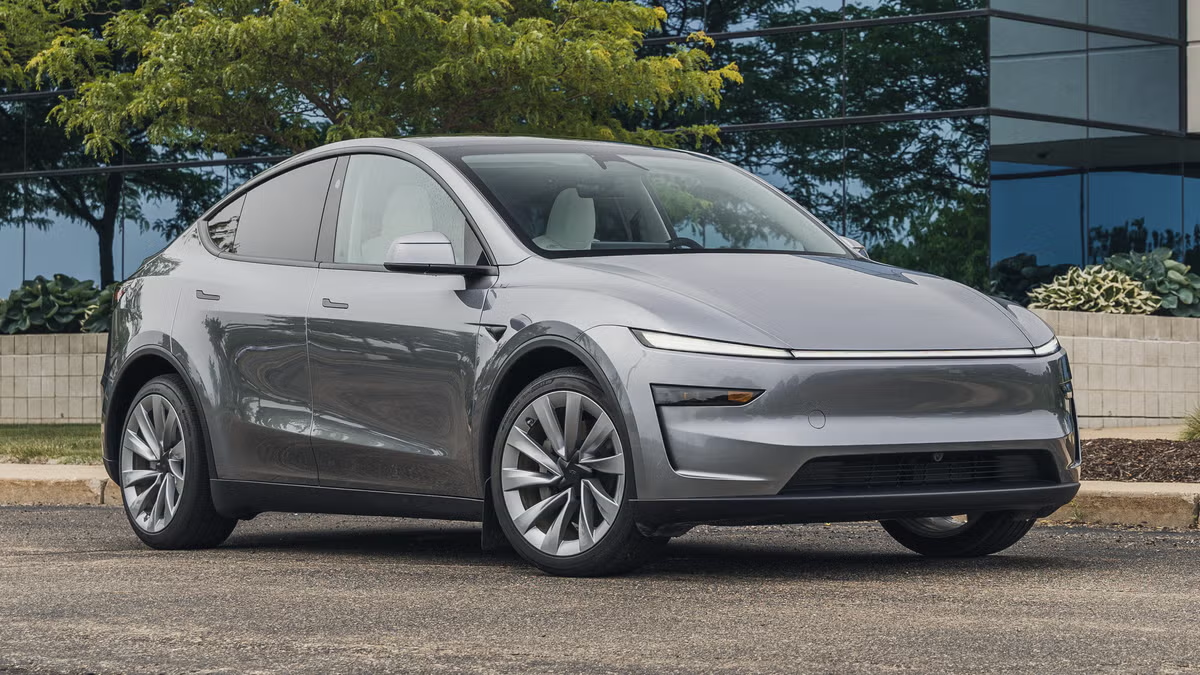




Fantastic read! I really appreciate how clearly you explained the topic—your writing not only shows expertise but also makes the subject approachable for a wide audience. It’s rare to come across content that feels both insightful and practical at the same time. At explodingbrands.de we run a growing directory site in Germany that features businesses from many different categories. That’s why I truly value articles like yours, because they highlight how knowledge and visibility can create stronger connections between people, services, and opportunities.Keep up the great work—I’ll definitely be checking back for more of your insights!